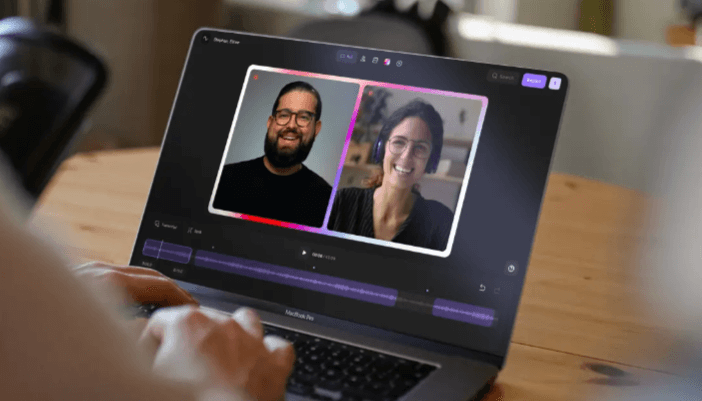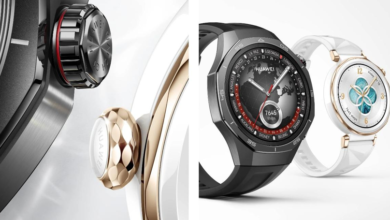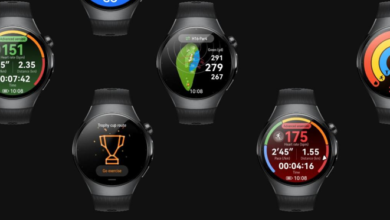How to Edit Interview Footage: Techniques for a Natural Flow

Editing interview footage to achieve a natural flow requires a nuanced understanding of both the content and the audience’s experience. Key techniques, such as pacing the dialogue and incorporating relevant b-roll, can transform a static interview into a dynamic narrative. Additionally, attention to audio clarity and visual consistency is paramount for maintaining viewer engagement. As we explore these essential strategies, the challenge lies in how to balance technical precision with the authenticity of conversation—an equilibrium that can make or break the final product.
Understanding Your Footage
Understanding your footage is crucial for effective editing, as it lays the foundation for a coherent final product. Proper footage organization enhances clarity and facilitates seamless transitions.
Pay attention to interview pacing, ensuring that responses flow naturally while maintaining viewer engagement. By categorizing clips and identifying key moments, editors can craft a narrative that resonates, allowing the audience to experience authentic conversations.
Choosing the Right Software
Selecting the appropriate software for editing interview footage is a critical step that can significantly impact the quality and efficiency of the final product.
Explore various software options that offer intuitive user interfaces, enabling seamless navigation and quick access to editing tools.
Prioritize flexibility and functionality to enhance your creative expression, ultimately crafting a polished and engaging interview narrative that resonates with your audience.
Essential Editing Techniques
The art of editing interview footage hinges on a set of essential techniques that transform raw content into a compelling narrative.
Key strategies include careful interview pacing, which ensures viewers remain engaged, and effective b roll integration, enhancing visual storytelling.
These techniques create a seamless flow, allowing the interviewee’s insights to resonate while maintaining audience interest throughout the entire piece.
Enhancing Audio and Visuals
Effective editing extends beyond just pacing and b-roll; enhancing audio and visuals is vital for creating a polished final product.
Prioritize audio clarity by removing background noise and balancing levels, ensuring every word resonates.
Simultaneously, achieve visual consistency through color grading and stable shots, creating a seamless aesthetic.
Together, these enhancements not only elevate the viewer’s experience but also convey the intended message with impact.
Finalizing Your Edit
Once you have completed the initial editing process, it’s essential to focus on finalizing your edit to ensure a cohesive and professional presentation.
Prioritize timeline organization to enhance the flow of your interview, employing pacing strategies that maintain viewer engagement.
Review transitions, eliminate redundancies, and fine-tune audio and visuals.
This meticulous attention to detail will elevate your footage and resonate with your audience.
Conclusion
In conclusion, the art of editing interview footage transcends mere technicality, inviting a harmonious blend of sound and imagery. Through the careful orchestration of pacing, the thoughtful integration of b-roll, and the meticulous refinement of audio and visuals, a captivating narrative emerges. This process, akin to crafting a finely tuned instrument, ensures that the final product resonates with viewers, inviting them to engage deeply with the content while experiencing a fluid and immersive journey through the interview.





